
[caption id="attachment_139274" align="aligncenter" width="600"]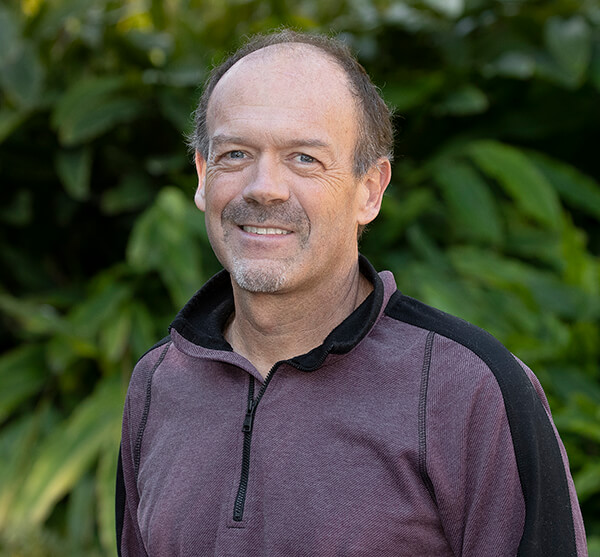 BRETT BALDWIN
BRETT BALDWIN
San Diego Zoo Wildlife Alliance Associate Director of Herpetology and Ichthyology[/caption] If a species crawls or slithers, or has scales and gills, it’s likely Brett Baldwin has encountered it. As associate director of Herpetology and Ichthyology for San Diego Zoo Wildlife Alliance, he has worked at protecting and conserving reptiles, amphibians, and fish for more than two decades. His latest project involves dragons—Komodo dragons—and the creation of the much-anticipated Kenneth C. Griffin Komodo Kingdom habitat at the San Diego Zoo, which is slated to open in June 2021. [caption id="attachment_139276" align="aligncenter" width="1400"]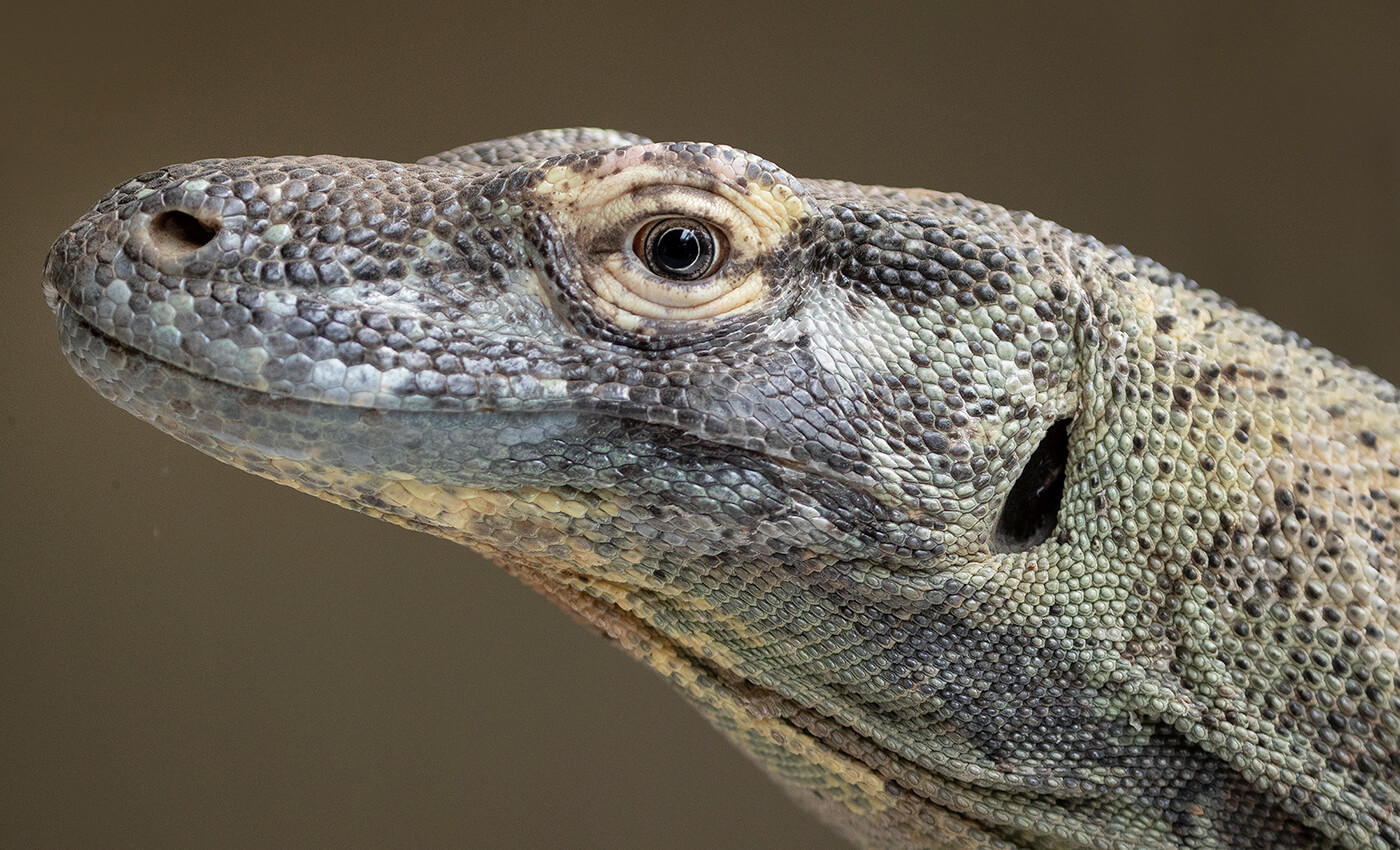 KING OF THE LIZARDS
KING OF THE LIZARDS
Of the more than 3,000 living lizard species, the Komodo dragon is the largest—it can reach 10 feet in length.[/caption] Q. What drew you to working with Komodo dragons? A. There was a Komodo dragon at the San Diego Zoo when I started 24 years ago, and we have had one to three dragons at a time during that period. As a kid I was obsessed with dinosaurs so these giant lizards were as close to living dinosaurs as it got for me. [caption id="attachment_139277" align="aligncenter" width="1400"]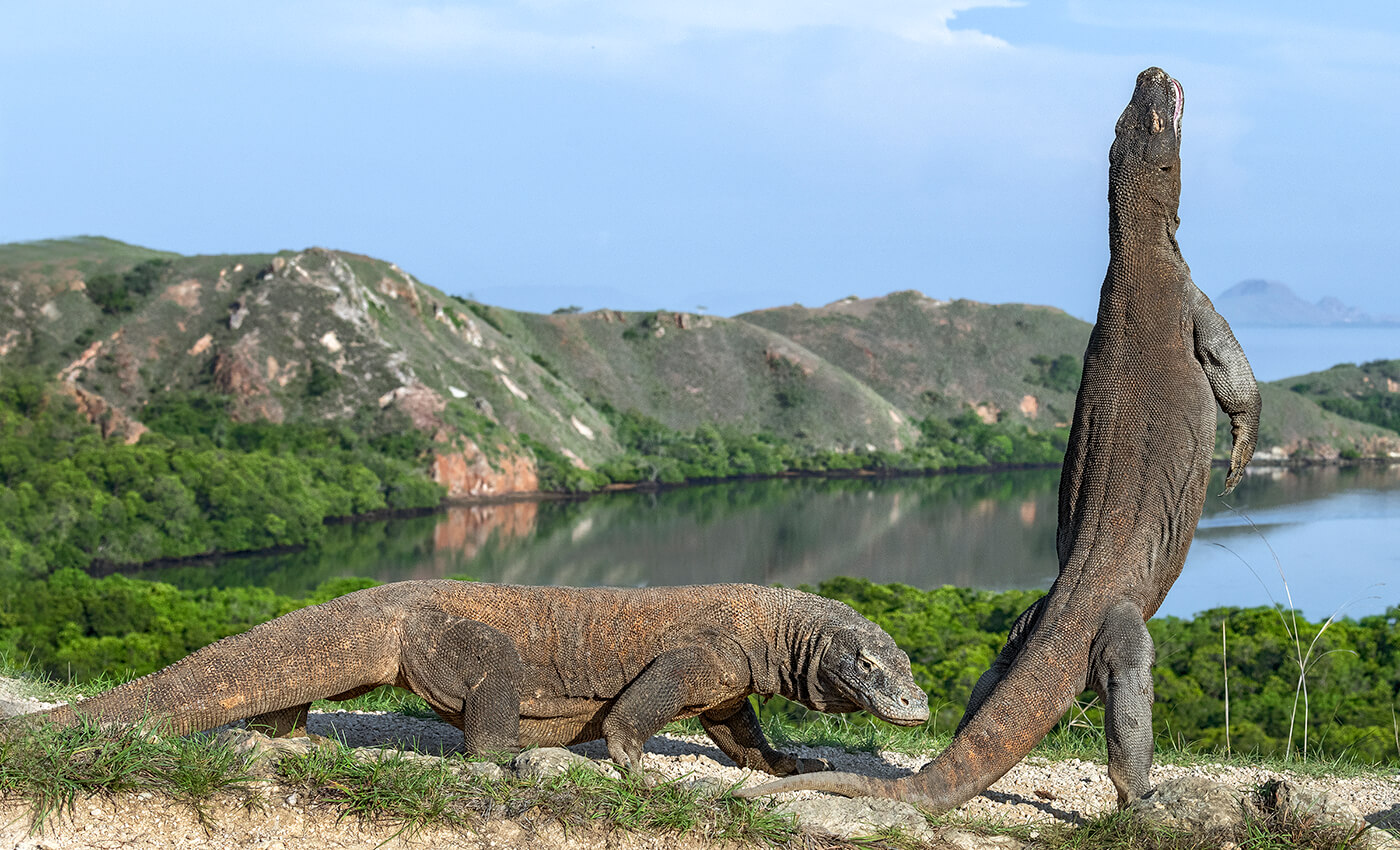 ISLAND STYLE
ISLAND STYLE
Komodo dragons live on only five islands in southeastern Indonesia, including Rinca Island, pictured here. (Photo by: USO/Getty Images Plus)[/caption] Q. Have you worked with them in the field? A. I spent three weeks in the Komodo islands of Rinca and Gili Motang, trapping, weighing, and measuring dragons. We also did predator/prey field transects, taping off random GPS plots on the islands on our hands and knees—counting feces of Komodo dragons and their prey. [caption id="attachment_139278" align="aligncenter" width="700"]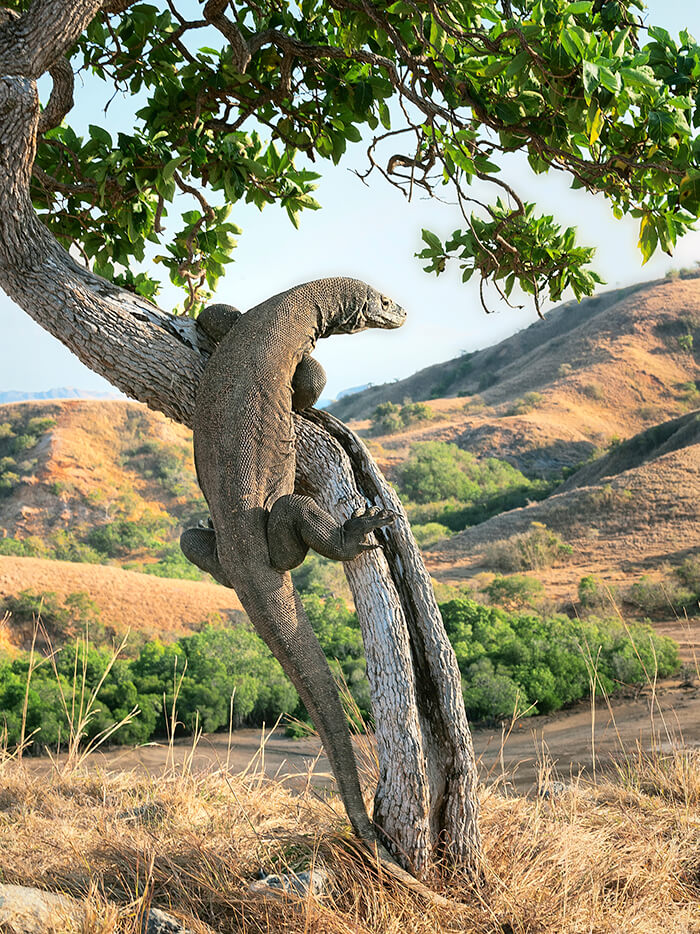 TREE OF LIFE
TREE OF LIFE
Young Komodo dragons avoid predators by spending much of their time up in trees, away from danger. (Photo by: USO/Getty Images Plus)[/caption] Q. What struck you most about seeing them in their native range? A. The larger animals were not afraid or would ignore you within a certain distance of about 15 to 20 feet. Most of the smaller ones and sub-adults were very wary of us and of larger dragons. 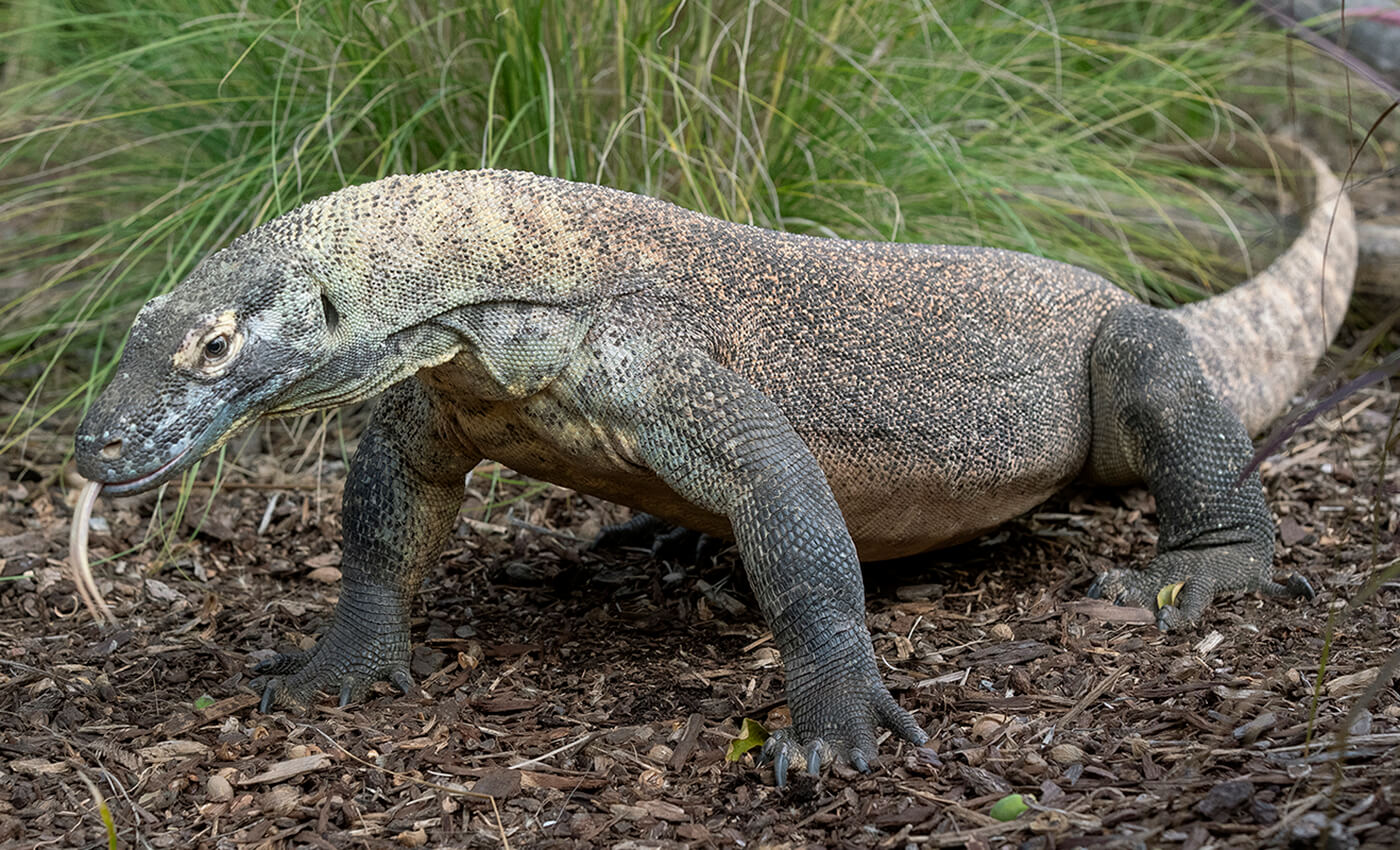 Q. What is the Komodo dragon’s conservation status? A. They are currently listed as Vulnerable on the IUCN Red List and Appendix I on CITES. Komodo National Park areas have been well protected over the years. The population status depends on which island you look at. Threats to populations on the smaller ones are inbreeding and lower prey populations. On larger islands, there is the constant threat of human activity or encroachment, people over-hunting deer, and agro slash and burn. Feral dogs also compete with dragons for prey on the larger islands. [caption id="attachment_139281" align="aligncenter" width="700"]
Q. What is the Komodo dragon’s conservation status? A. They are currently listed as Vulnerable on the IUCN Red List and Appendix I on CITES. Komodo National Park areas have been well protected over the years. The population status depends on which island you look at. Threats to populations on the smaller ones are inbreeding and lower prey populations. On larger islands, there is the constant threat of human activity or encroachment, people over-hunting deer, and agro slash and burn. Feral dogs also compete with dragons for prey on the larger islands. [caption id="attachment_139281" align="aligncenter" width="700"]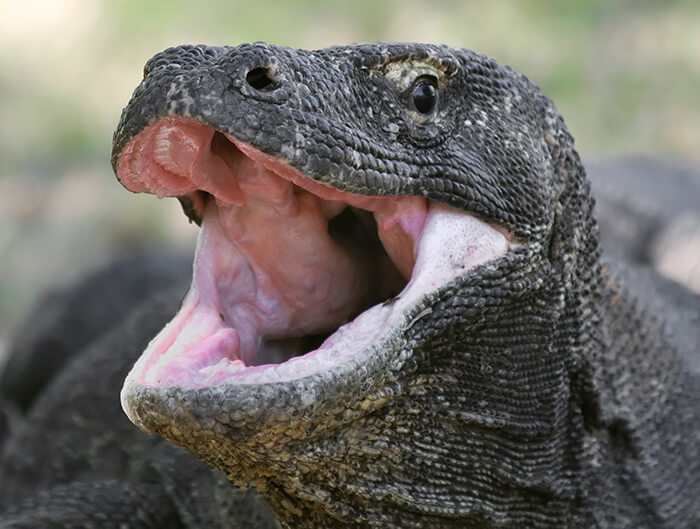 ARMED TO THE TEETH
ARMED TO THE TEETH
Inside a Komodo dragon’s mouth are about 60 short, sharp teeth designed to cut and tear flesh. They have been compared to those of an extinct saber-toothed cat. (Photo by: davidevison/Getty Images Plus)[/caption] Q. How would you describe the Komodo dragon’s role in its ecosystem? A. They are the apex predator. They don’t have any natural predators, only conspecifics. They have the availability and ability to take down a large prey item that will feed a dozen or more dragons, and not have to eat again for weeks at a time. They are also excellent scavengers, commonly seen combing the beaches for washed carcesses of dead animals. Young dragons feed on small mammals, birds, other reptile species, insects and other invertebrates. [caption id="attachment_139282" align="aligncenter" width="1400"]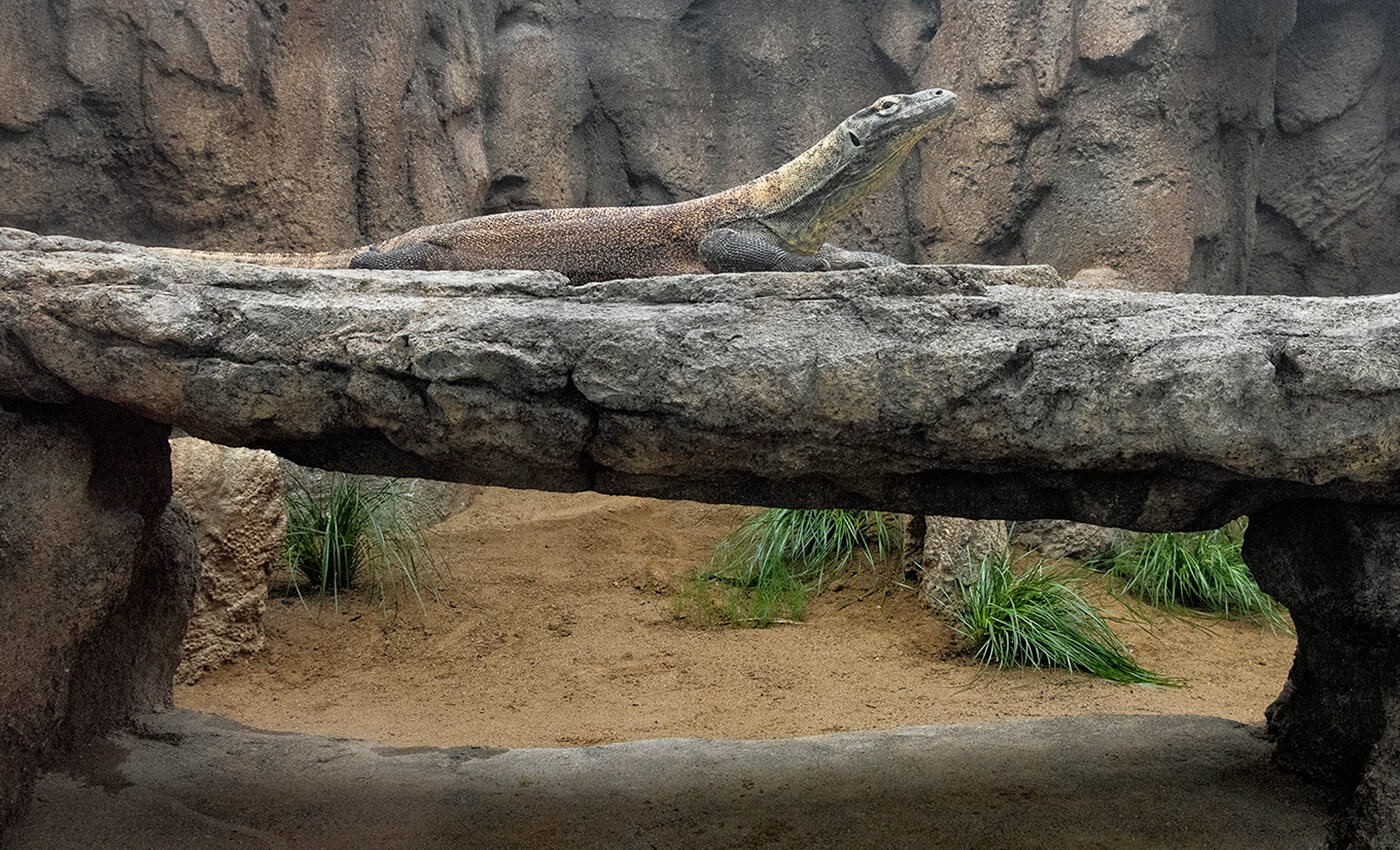 DRAGON’S-EYE VIEW
DRAGON’S-EYE VIEW
The Kenneth C. Griffin Komodo Kingdom habitat will give guests the unique opportunity to see these reptiles up close.[/caption] Q. The Kenneth C. Griffin Komodo Kingdom is expected to open this month, June 2021. What’s your favorite aspect of it? A. I really like the indoor areas with the transparent roofs that allow light in and will trap heat during colder nights, as well as the outdoor “beach” for its perfect exposure to the sun. The sun hits that area intensely. Dragons love the sun and heat, so I think they will be spending lots of time out front and center in the outdoor habitat—fingers crossed! [caption id="attachment_139283" align="aligncenter" width="1400"]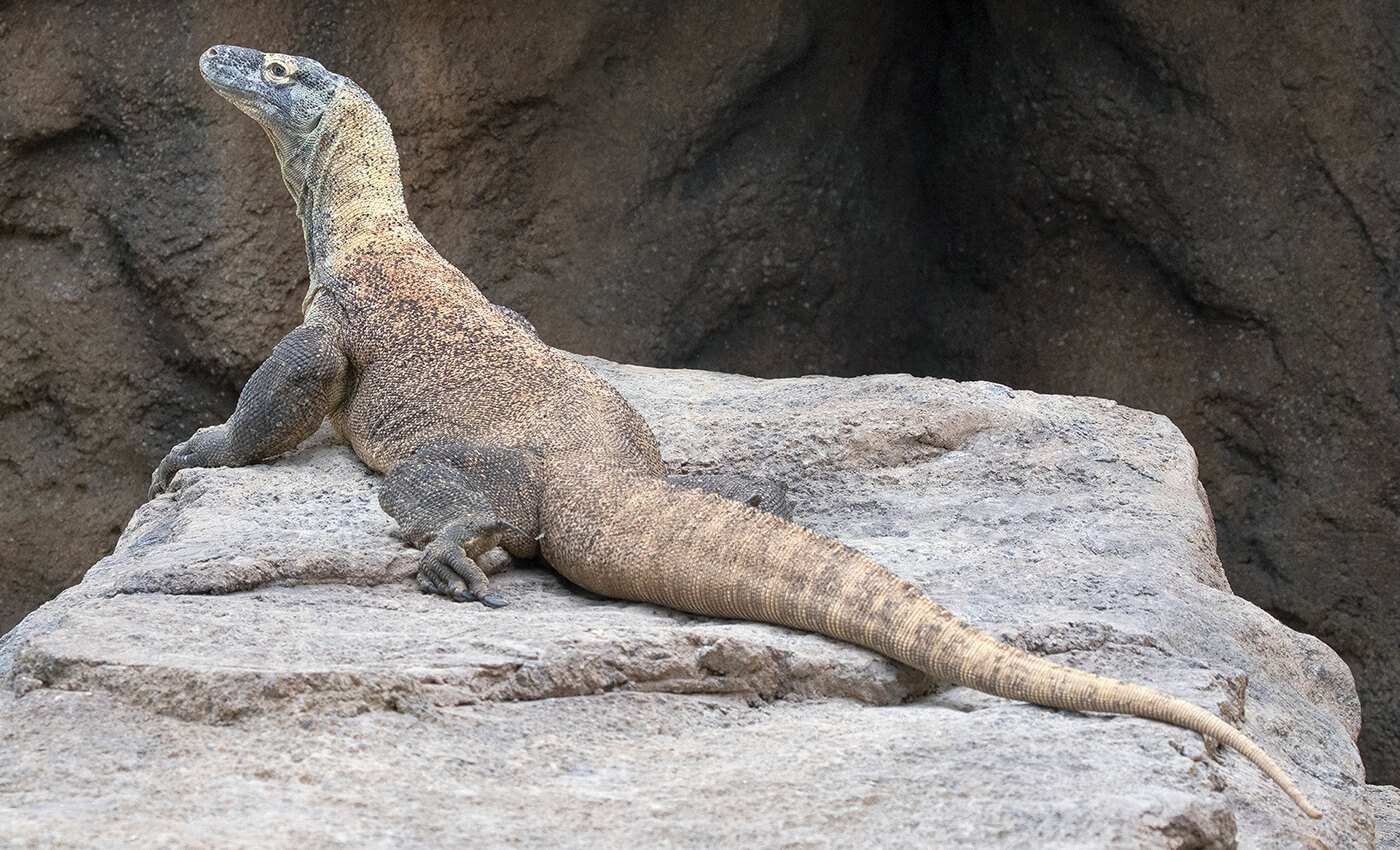 ONE HALF OF THE DRAGON DUO
ONE HALF OF THE DRAGON DUO
The female Komodo dragon here at the San Diego Zoo is smaller than the male. She will top out at six feet in length.[/caption] Q. Tell us a little about the Komodo dragons that will live at Komodo Kingdom. A. The female dragon we currently care for was hatched at the Los Angeles Zoo in August of 2011, so she is about 9 years and 10 months old. The male we are going to receive from Palm Beach Zoo is 17 years old and was hatched at Toronto Zoo. He is recommended by the Komodo dragon Species Survival Plan (SSP) coordinator to come here as a good match for the female. [caption id="attachment_139284" align="aligncenter" width="700"]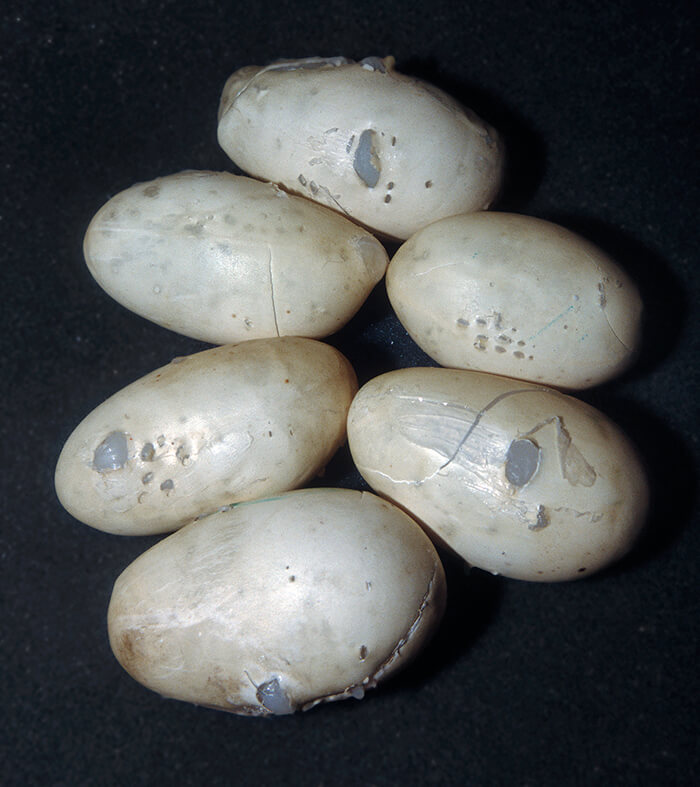 EXTRA-LARGE EGGS
EXTRA-LARGE EGGS
Komodo dragon eggs are leathery, and about the size of a grapefruit.[/caption]
Q. What would you like guests leaving Komodo Kingdom to know about the species? A. They are the largest lizard species in the world. They live only on a few islands in the Lesser Sundas. They can lay more than 20 eggs. Juveniles are much faster and more agile than adults and spend the first four to five years in forested areas where they can quickly escape predation from larger dragons by seeking safe refuge in the trees. They can be parthenogenetic—females have been known to lay viable eggs without the fertilization of a male. They are in a family of lizards—monitors—that has more than 80 species, some only a few inches long. Six of these species live here at the San Diego Zoo, so look closely at them to see the similarities.





